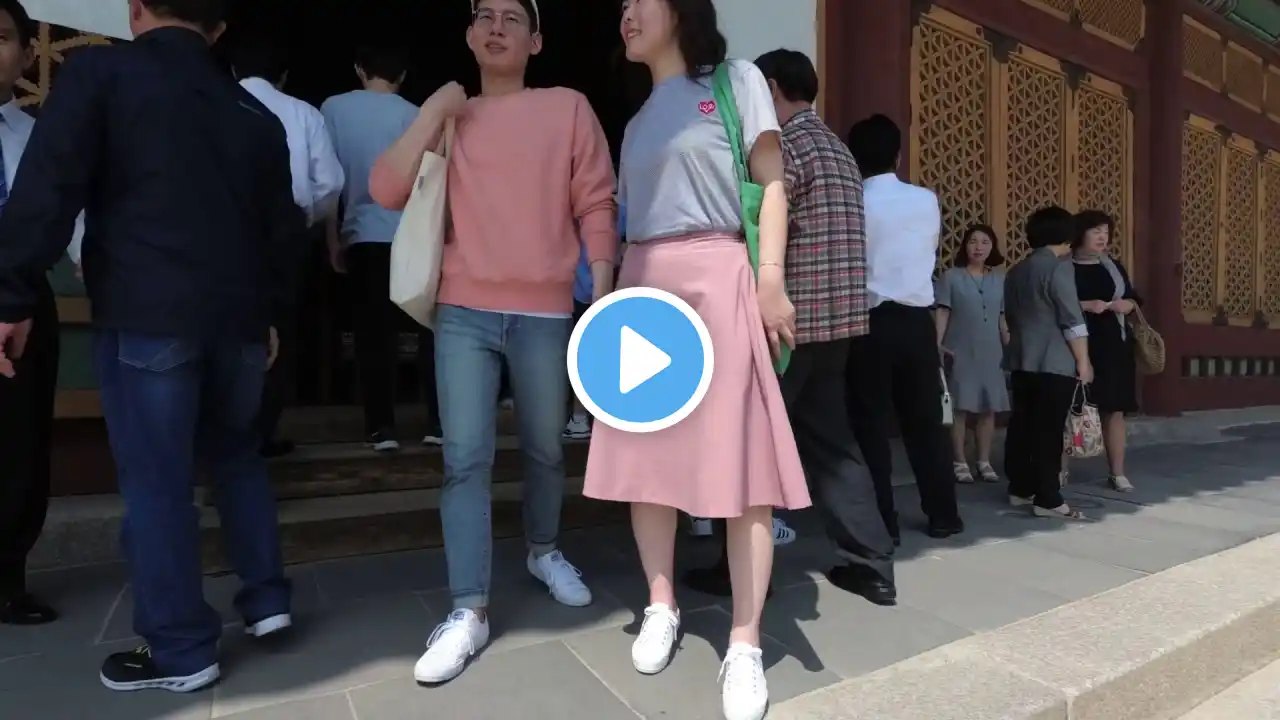
Deoksugung Palace Seoul Korea 덕수궁
Deoksugung, also known as Deoksu Palace or Deoksu-gung, is one of the five grand palaces built during the Joseon Dynasty in Seoul, South Korea It is located in the heart of the city, near City Hall and other significant landmarks Deoksugung is unique among the five palaces because it incorporates a mix of traditional Korean, Chinese, and Western architectural styles Deoksugung was originally built as a residence for Prince Wolsan, the older brother of King Seongjong, during the Joseon Dynasty in the 15th century Over the years, the palace underwent several expansions, renovations, and changes in its function Deoksugung showcases a combination of traditional Korean palace architecture, influenced by the principles of feng shui, and elements borrowed from Chinese and Western architectural styles The Western-style stone buildings, known as Seokjojeon and Jeonggwanheon, were added during the late 19th and early 20th centuries Junghwajeon is the main hall of Deoksugung, where important state affairs and royal events took place The hall is characterized by its elegant architecture and beautiful surrounding gardens Seokjojeon and Jeonggwanheon are Western-style buildings within the palace complex Seokjojeon served as the royal audience hall, while Jeonggwanheon functioned as the king's reception hall These structures stand out due to their distinctly non-Korean architectural features Deoksugung is surrounded by beautiful gardens, offering a peaceful and scenic environment in the midst of the bustling city The gardens include ponds, pavilions, and pathways, providing a tranquil escape for visitors Deoksugung has witnessed historical events and changes, including the Japanese occupation of Korea During this period, it served as a temporary residence for Emperor Gojong Today, Deoksugung stands as a fascinating historical and cultural site, blending traditional Korean palace architecture with unique elements from different periods in history Visitors can explore the palace grounds, experience the changing of the guard ceremony, and appreciate the rich history that Deoksugung embodies















